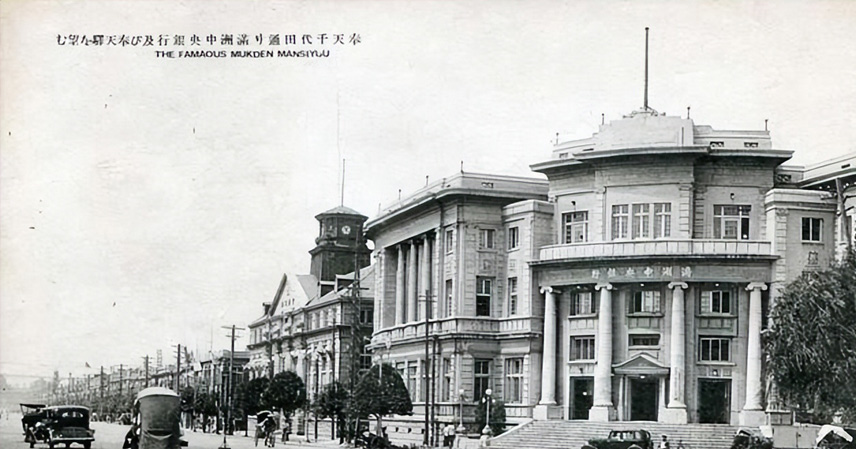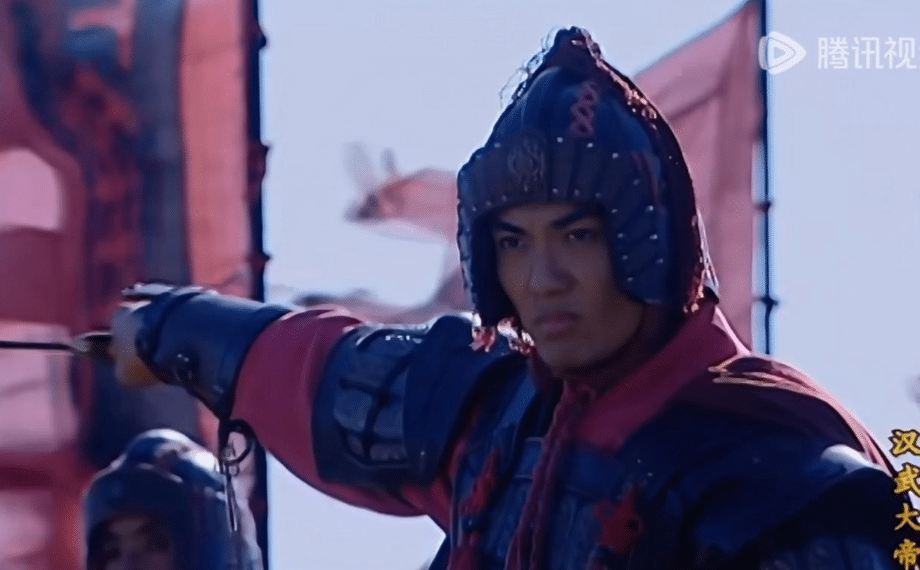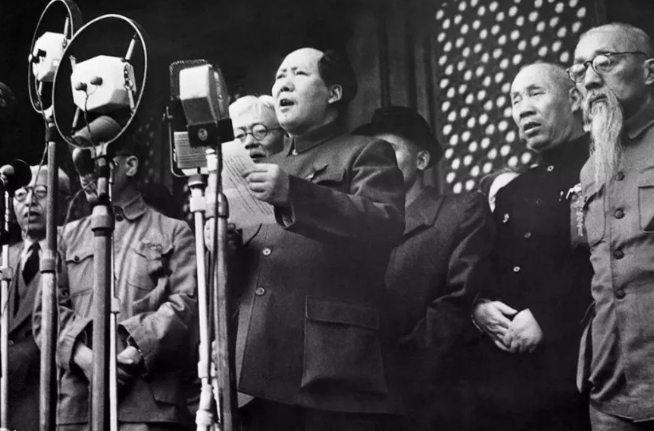Speaking of it, our country’s name “China” sounds simple, but the story behind it is quite long. If you don’t even know this, it feels a bit inexcusable—after all, it’s our roots.
Many people think “China” has been called that since ancient times, but that’s not the case. The origins of this term go back thousands of years, appearing early in history books and artifacts.
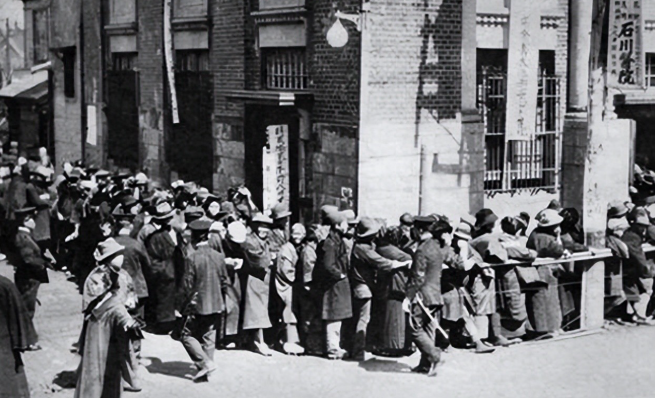
The Earliest Trace: “China” on the He Zun Bronze Vessel
The word “China” first appears on the He Zun, a Western Zhou bronze wine vessel from the 11th century BCE. Unearthed in 1963 from a Shaanxi Baoji farmer’s cellar, this artifact features a 122-character inscription on its inner base. One line reads: “I shall dwell in this China, and from here govern the people,” roughly meaning King Wu of Zhou’s pledge to establish a capital in the world’s center after toppling the Shang, to rule the masses.
Here, “China” referred to the Zhou royal domain, likely around Luoyang or the Central Plains. The Zhou saw themselves as geographically and culturally central, using the term to emphasize their status. Back then, no unified empire concept existed; Zhou was the boss among feudal states, calling itself “China” to flaunt legitimacy and centrality.
Experts uncovered the inscription after cleaning, making it the earliest physical evidence of “China.” Some once dated it to the Han Dynasty, but this shifted timelines to early Western Zhou. The text also mentions King Cheng of Zhou completing Wu’s vision by founding Chengzhou (later Luoyang). Initially, “China” meant the royal heartland, set apart from surrounding “four barbarians” or “yi” tribes.
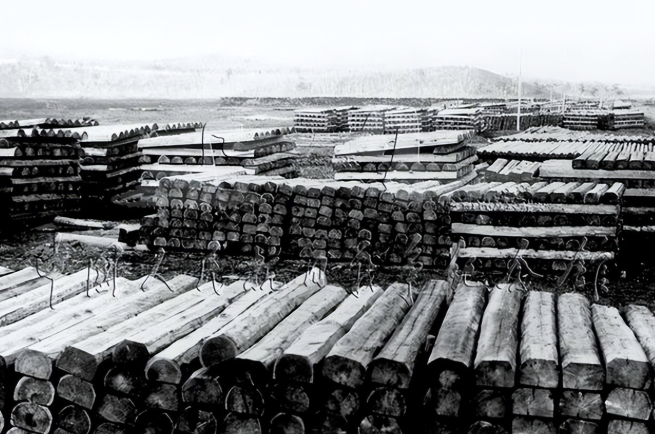
Other Zhou texts used it too. The Book of Documents states: “Heaven has bestowed the people of China, extending their borders to the former kings.” Co-edited by the Duke of Zhou (Ji Dan, King Wu’s brother and regent), who quashed rebellions and codified rites and music to stabilize Zhou, it laid foundational stones.
For Zhou people, “China” was both geographic core (middle Yellow River basin) and cultural epicenter—championing rituals as Huaxia orthodoxy against outer “barbarians.”
From Narrow Heartland to Expansive Realm: Warring States and Imperial Shifts
Early “China” was limited to the Central Plains. Shang had “Zhong Shang,” but not linked as “China.” Zhou inherited and broadened it amid feudal sprawl.
In Eastern Zhou’s Spring-Autumn and Warring States turmoil, heartland control meant legitimacy—overlords like Duke Huan of Qi or Duke Wen of Jin invoked “safeguarding China.”
Qin’s unification expanded it. From 230–221 BCE, Emperor Qin Shi Huang (Ying Zheng) crushed the six states, birthing China’s first empire. Declaring himself First Emperor for eternal rule, Qin’s 15-year span crumbled in the 210 BCE Chen Sheng-Wu Guang revolt.

Under Qin, “China” still evoked the core dynasty, but unity ballooned its reach via county systems ousting feudalism, fortifying central authority and priming conceptual growth.
The Han built onward. Liu Bang established Han in 202 BCE as Emperor Gaozu, ascending from lowly clerk to vanquish Xiang Yu, basing in Chang’an. By Emperor Wu (Liu Che, r. 141–87 BCE), “China” solidified as national shorthand. His envoy Zhang Qian pioneered the Silk Road westward; Xiongnu campaigns widened borders.
Now “China” swallowed assimilated fringes. Han self-identified as such, with kindred ethnicities adopting it. In Northern-Southern Dynasties splits, rivals like southern and northern courts claimed “China,” branding foes “lu” (captives) or “yi” (barbarians)—a hallmark of Central Plains holders.
Division to Dynasty: Sui, Tang, Song, and Nomadic Turns
In Wei-Jin and north-south fractures, “China” labeled Central regimes. Sui-Tang reunified; Tang Taizong (Li Shimin, r. 626–649) sparked the thriving Zhenguan era. “China” swelled amid ethnic blends—Turks, Uyghurs folded in. Song contended northern rivals like Liao, Jin, Yuan—yet all self-proclaimed “China.”

Liao’s Empress Dowager Xiao ruled as such; Jin’s Emperor Wanyan Liang relocated to Yanjing, vaunting orthodoxy; Yuan’s Kublai Khan (r. 1260–1294) forged Da Yuan but wielded “China” in missives, ranking Japan and Korea as outer “yi”—the first dynasty formally owning the term.
Ming-Qing perpetuated it. Ming Taizu Zhu Yuanzhang (r. 1368–1398) expelled Mongols, reviving Han sway and stressing “Zhonghua” while scorning Yuan as “Hu captives.”
In Ming, “China” was dynastic byword. Qing entrants like Shunzhi and Kangxi embraced it post-1644. The 1842 Treaty of Nanking (Qing Daoguang 22) inscribed “China” in diplomacy alongside “Da Qing.”
This heralded a turn: From dynastic tag to modern nation. Qing’s twilight amid Western assaults ignited modernization.

Revolution to Republic: “China” in the Modern Era
The 1911 Xinhai Revolution felled Qing; Sun Yat-sen birthed the Republic of China, fusing “Zhonghua” with “Minguo”— “China” as abbreviation endured.
In 1949, the People’s Republic of China rose, keeping it. From Zhou’s royal seat to sovereign expanse, “China” broadened—from pinpoint to vast—now denoting the PRC, encompassing mainland, Hong Kong, Macao, Taiwan, with 1.4 billion souls as the globe’s No. 2 economy.
Why “China”? Roots and Cultural Resonance
Why “China” specifically? Ancients valued centrality: “Zhong” for middle, “guo” for state— “central realm.” Zhou centered midstream geographically, ritually culturally.
Huaxia sprouted from Yellow-Yangtze basins; Xia (c. 2070–1600 BCE) as dawn dynasty lacked the term; Shang (1600–1046 BCE) had “Zhong Shang,” unjoined.
“China’s” path mirrors ethnic weaving. Han core, 56 groups total. Minority reigns like Northern Wei, Liao, Jin, Qing claimed it sans exclusion—embodying embrace. Overseas, “China” from “Qin” or Silk “Sina.” Portuguese minted “China,” rippling to Europe; late-Ming Jesuit Matteo Ricci’s notes lauded it an ancient empire.
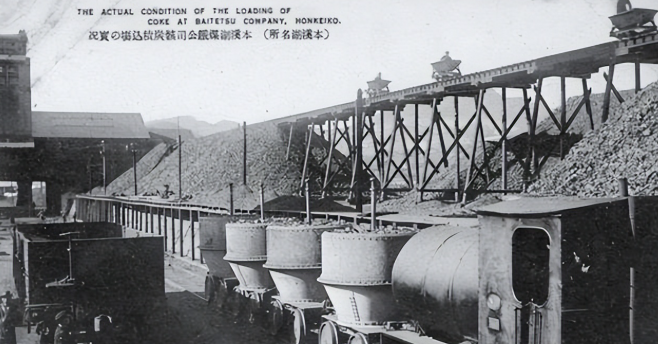
More than moniker, it cradles culture: Confucianism-Daoism’s grip, Confucius-Mencius on ethics, Duke of Zhou’s rites persisting. Five millennia seamless—from primitives to present: Yuanmou Man (1.7M ya), Peking Man (500K ya), Neolithic Yangshao-Longshan cultures grounding it.
Truth be told, grasping this deepens homeland ties. “China” once seemed innate; now it’s history’s heirloom. Today’s China touts socialist core values, stewarding traditions. Reform-era booms—HSR, 5G global leads. Roots anchor strides: Recall the road to roam afar.

